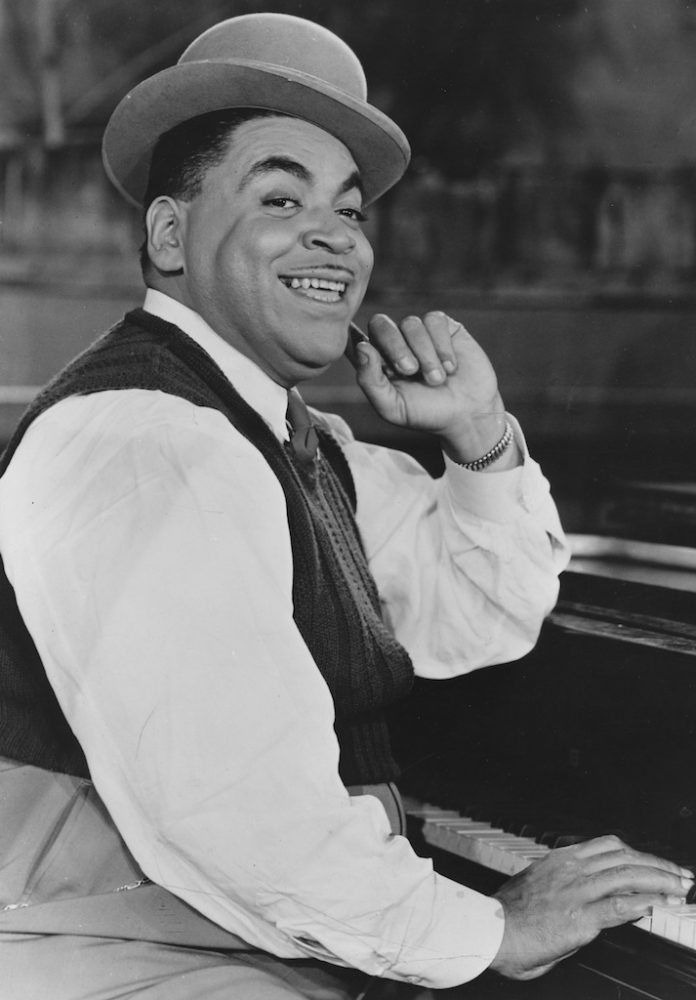Multimedia experiments in the arts, running rampant as they do nowadays, frequently pair rather strange bedfellows. Jazz-cum-film, a perfectly feasible and exciting form in itself, was subjected to both neat interpretation and boisterous oversimplification at a late-night National Film Theatre spectacle this summer. The London Jazz Centre Society included (among other shorts) four of Canadian Norman McLaren’s brief, quixotic drawings-on-film, lightly screened as suitable kinetic vehicles for giving impetus to creative musical responses.
In the first two, Keith Tippett (piano) and Barry Guy (bass) had the task of replacing original delectable and dancing soundtracks of Oscar Peterson and J. S. Bach. They chose sensitive pointillist patterns that paid attention to what was going on the screen, and paralleled succinctly MacLaren’s whimsical variations on line, dot and colour. They also managed to pay attention to each other, producing a sophisticated and highly integrated musical commentary.
What was a lucid commentary by this chamber duo exploded into uproarious nonsense when attempted by a loose conglomeration of young-bloods
Tippett has a subtle imagination and gifted technique. What was a lucid commentary by this chamber duo exploded into uproarious nonsense when attempted by a loose conglomeration of young-bloods (collectively called Paul Rutherford’s Iskra). Their relationship with a string of four 5-minute shorts was scarcely more than coincidental. They scattered themselves to the far corners of the theatre and, far from relating to the celluloid flashes up front, some of them were not looking at the screen and certainly couldn’t hear each other very well.
The main failing of Stan Tracey’s jazz-cum-poetry piece Under Milkwood was intensified here: blind arbitrariness in place of careful assessment of music’s relation to other forms. MacLaren’s lighthearted synthetic films demand, like good cartoons, a great deal of audio-visual synchronization. The flower sequences, for example, though interrupted by verbally descriptive frames, would have benefitted from an evocation of, say, a pastoral mood. The dadaesque satire on Hollywood might have been enhanced with bits of ironic melodrama and sharp dynamic shifts. But these lads merely plastered the acoustical tiles with the familiar high-harmonic textures and sledgehammer rhythms which quickly became master of the situation and which, during the black spaces between the quick shorts, left one nothing to do but wonder at the giddy momentum.
Despite its gross obtrusions on most of the proceedings, this free-for-all somehow made one zany fit – with MacLaren’s Rhythmetic, a single, static frame in which numbers and symbols cavort stiffly in a perverse little mathematical ballet. The strong incongruity of the roiling sounds with the coming and goings of naughty zeros, nudging fives, rolling pluses and severe equals signs broke me up into giggles. Yet a friend later pointed out how much more effective it would have been had the obvious organizational device been used of equating each musician to one component digit, zero to nine. My guess is that nobody bothered to indulge in a good, hard think about what was being tackled here, or had a sneak preview of the flicks. They just grabbed axes, watched or didn’t, and blew. That may be OK for a healthy jam, where the jazz is answerable only to jazz and the performers need concentrate on music only; but when other media are involved – lights, poetry, drama, whatever – it’s best, I feel, to temper spontaneous exuberance at least a little with some pointed questions and general ground rules.
…two ebullient Fats Waller productions – Ain’t Misbehavin’ and Honeysuckle Rose – really shone: replete with smiling ‘yaller girl’ chorus line and a minimal dramatization of the lyrics, Fats’ buggling eyes and fish lips, they showed more of his rich and wonderful personality than his pianistics
Many people were disappointed to hear that the Sonny Rollins film would not be screened because of ‘technical difficulties.’ But there were two ebullient Fats Waller productions – Ain’t Misbehavin’ and Honeysuckle Rose. These one-tune films really shone: replete with smiling ‘yaller girl’ chorus line and a minimal dramatization of the lyrics, Fats’ buggling eyes and fish lips, they showed more of his rich and wonderful personality than his pianistics.
There were two other half-hour films on Ben Webster and The Bologna Jazz Festival. In the latter, Gianni Amico took aimless chatter and random notes from Don Cherry, Steve Lacy, Mal Waldron, Annie Ross, etc., and strung it all out in rather pedestrian, awestruck episodes. Fairly tired, I dozed off occasionally: there wasn’t much music and the photography was amateurish. Johann Van Der Keuken went a long way toward capturing Ben Webster’s essence with old Flemish Master techniques: clinical close-ups, keen eye for surroundings, boorish fly-open details, non-metier diversions. He used effective repetition frequently (Ben finishing sets, emerging from cars, holding his horn, taking films). There were unexpected vignettes: Ben with his motherly Dutch landlady, playing pool, home movies, with a Fats Waller record, and a hilarious monologue paying respects to Hilton Jefferson’s table manners. Some strange footage and rather sloppy cutting did not undermine the overall positive feeling, and the film ended the best way it could: with one of Ben’s incomparable cadenzas.
















